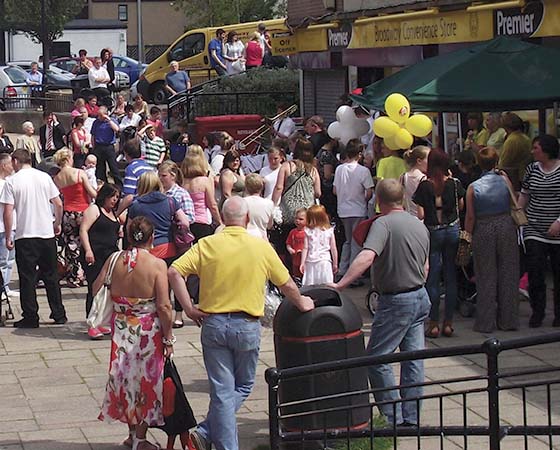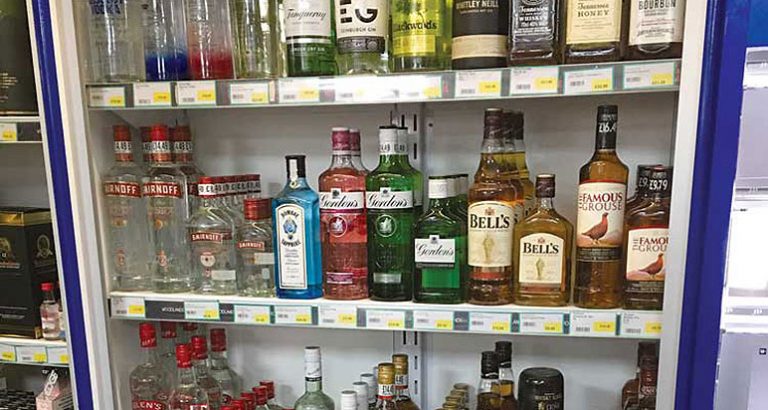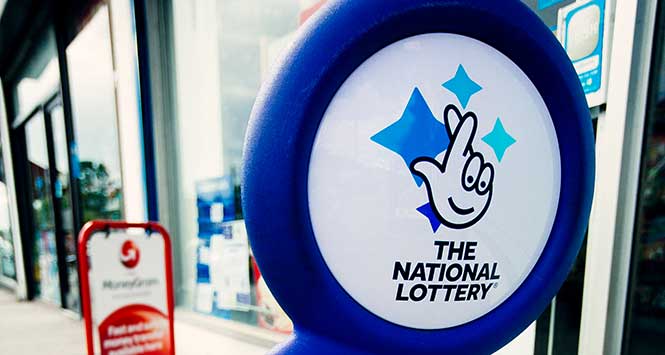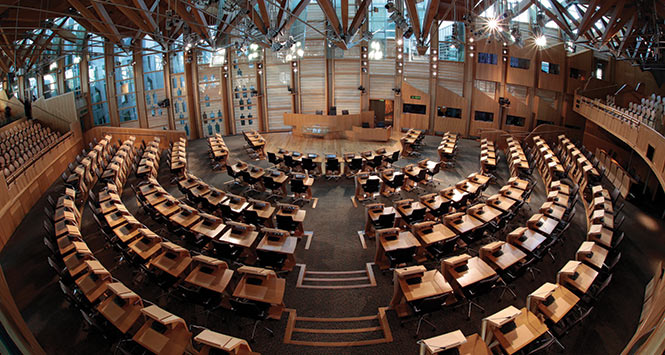Through a Local Multiplier Effect it can be illustrated that convenience stores generate upwards of £250,000 every year in their communities, and it seems politicians are ready to listen to what could happen if supermarkets force more local stores to close.
by Kevin Scott
Have you ever questioned the economic value of your store within the local community? The value to the community itself is something well publicised, but the actual pounds and pence that are generated in the towns and villages across Scotland by local stores is equally important. In fact, it’s fundamental to the survival of these towns and villages, and that’s why this month SLR and the SGF will be holding an exhibition at the Scottish Parliament, to illustrate to MSPs how the typical convenience store generates over £250,000 a year in its local community through employment of staff, and using the services of other local firms.
From 6-8th January a number of key retailers including Saleem Sadiq, Linda Williams, Iain Wilson and SGF President Abdul Majid will be on hand outside Holyrood’s debating chamber to discuss with MSPs in depth the benefits of convenience stores.
John Drummond, Chief Executive of the SGF says that he is very aware of the need to demonstrate what’s important about our sector, why our sector matters and why it’s different. “We know that the convenience store sector in Scotland makes a significant contribution to the national economy: there are 5,500 stores in Scotland, they provide more than 42,000 jobs and the total annual value of sales is about £3.7bn. But it is when we start to look at the local economy that the contribution of independent, locally owned convenience stores is even more significant.”
SGF is currently working with Stirling University and retail expert Professor Leigh Sparks to analyse data from SGF members about the amount of money they each re-invest in the local economy.
“The numbers we are getting back have been a real surprise,” says Drummond. “Just by using local trades people, local suppliers, local shop fitters, roofing companies, garages, local advertising and, of course by providing jobs, a typical convenience store re-invests each year anywhere between £250,000 and £440,000 in the local economy.”
Woodlands Local has put itself forward for this study, and even we were astonished when we saw the money being generated in the local economy through our small store. With roughly £100,000 spent on salaries, £81,000 spent on stock from local suppliers and £14,000 spent on local services such as joiners and electricians, we contribute £276,000 a year into the local economy. And we’d be willing to wager that if you tallied the sums, you’d find similar levels in your store.
£3.7bn
Value of Scottish convenience sector
42,000
Number of people employed in Scottish convenience sector
£250,000
Typical amount reinvested in local economy per store per year
Linda Williams of Broadway Convenience Store (which generated £250,000 in the local economy in 2013) says that convenience stores provide a huge service to their communities beyond the goods on the shelves. “There are the services provided through employment – we have a number of part time staff, staff who can only work in the hours they have babysitters, which we can accommodate, and we hire 16-17 year olds, giving them their first job. Supermarkets don’t tend to employ 16 and 17 year-olds. These employment opportunities vanish if a c-store closes.
“There’s also the ancillary employment too, from electricians to window cleaners and accountants. You can bet Tesco doesn’t use local lawyers. These are all small local businesses too and we all rely on each other.”
Abdul Majid, whose Bellshill Nisa Local store generated £341,260 in the local economy in 2013, agrees. “If you look at the accountants, the joiners, the electricians in a local community, they all use the local convenience store and the store uses them. In the old days there would have been the trading of skills, these days it’s done with money but the principle remains the same; it stays in the community. There is an issue of awareness when it comes to the importance of convenience stores.”
It is this issue that we are hoping to address.
Saleem Sadiq, from Spar Renfrew, says that every store is an asset for its local community. “We’re the first and last port of call and we’re hugely important,” he says. “From a financial point of view convenience stores are a major contributor; we employ 25 local people for a start. I’ve argued long and hard that there should be positive discrimination for independents as a single supermarket can come along and close three local businesses.”
One example of this is in Locharron in the Highlands. The Spar store in the village is struggling with a Tesco as far as 60 miles away because of home delivery. Abdul Majid says: “If you look at the Locharron example, it’s a small village and it’s been severely impacted by Tesco. In terms of the impact this has on a community, the local multiplier effect is something tangible, that politicians can understand. If you complain about a Tesco opening they’ll say that it’s just healthy competition.”
The point being that if you can show how the Tesco opening could cost the local economy upwards of a quarter of a million pounds a year, then there’s suddenly something there for politicians to become concerned about.“
Multiples don’t have to be on your doorstep to rip the heart out of a local community,” says Abdul. “The supermarkets have very long arms and they are strangling the businesses in small towns and villages.”
The good news is that politicians are increasingly keen to engage with local retailers, and it’s becoming clear that the convenience industry is moving up the agenda. Linda says “We’ve started having meetings with the people who make the country tick, from the chief planning officer to the chair of the local government committee.”
This is all making a difference. It’s not something noticeable from one day to the next, but there’s clear momentum, and when the Stirling University report is published next year that will ascertain the economic benefit of convenience stores to their local communities it will provide those politicians who are sympathetic to the challenges the industry faces with the ammunition they need. “They are keen to argue for us,” says Linda. “But they need us to provide evidence of the value. They need empirical evidence. I do believe the SNP, as a nationalist Government, does care about local Scottish communities. We’re pushing at an open door.”
John Drummond says it may seem like a no brainer but politicians at both national and local level haven’t yet realised how important this ‘multiplier effect’ is. “We are trying to change that – it’s good economics to support our sector. We are beginning to get the message across that a vibrant convenience store sector is absolutely vital to the local economy and to the sustainability of our high streets and local centres. The exhibition in the Scottish Parliament this month is the next stage of this. If we get enough support it could lead to a cross party group on convenience stores.”







